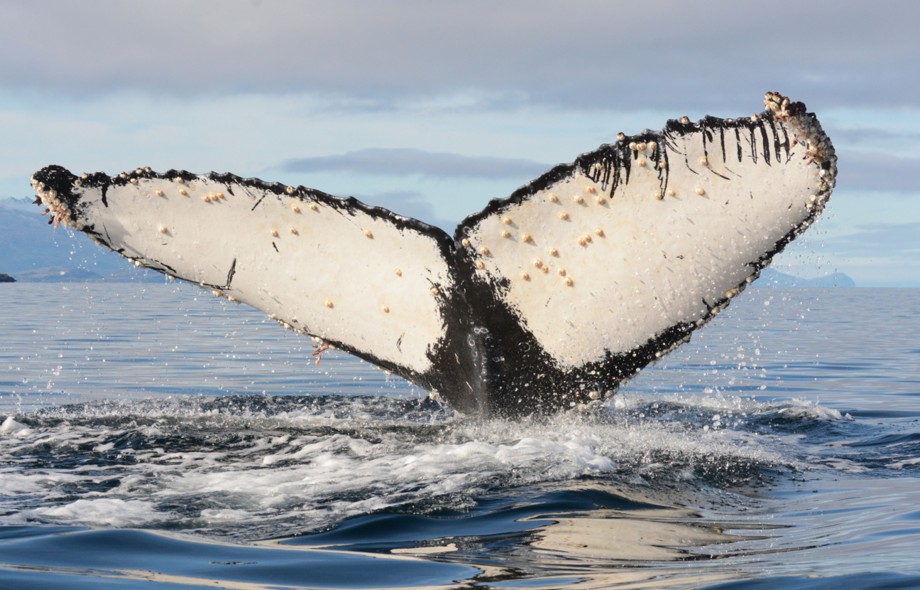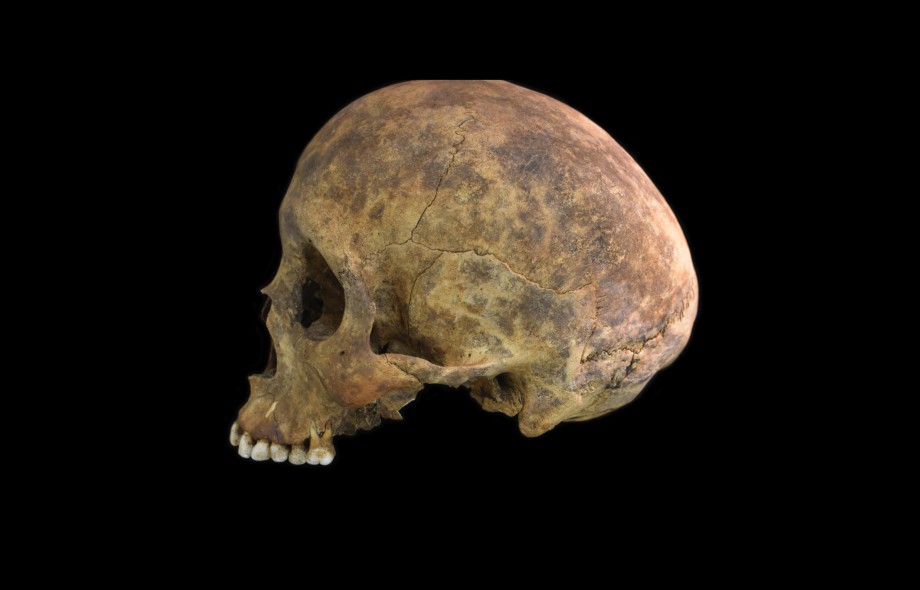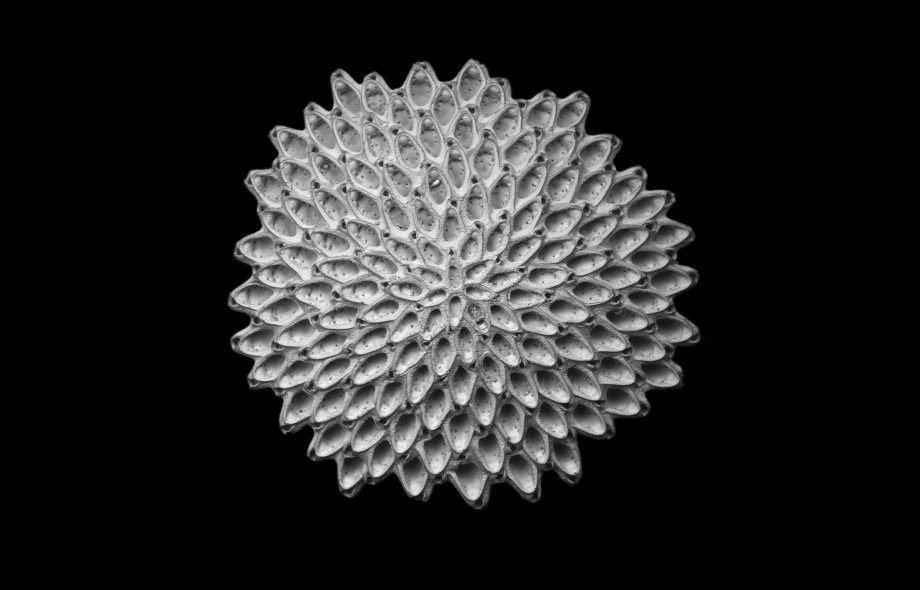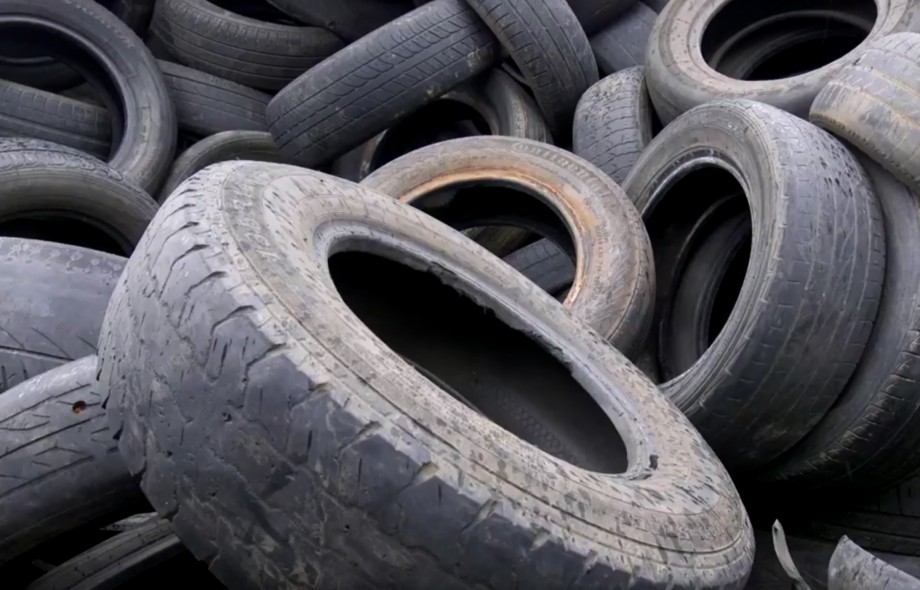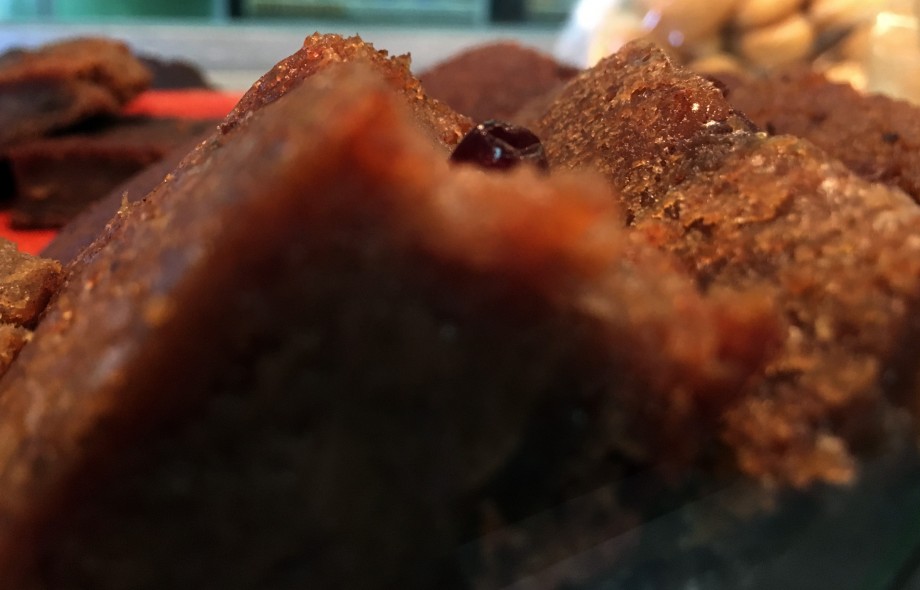Attacks on humpback whales may be on the rise, according to an analysis of scars on humpback whales published in Endangered Species Research.

You are here
Projects
& Stories
Naos
An oft-cited publication said a pre-Colombian archaeological site in Panama showed signs of extreme violence. A new review of the evidence strongly suggests that the interpretation was wrong.
Perhaps old species, like some older people, gradually lose their ability to deal with changes in their environment. Aaron O’Dea and colleagues show that when the Caribbean was cut off from the Pacific by the rise of the Panama land bridge, evolutionarily old species took longer to expand into new habitats than evolutionarily younger species did.
Which mosquito species is likely to transmit the virus that causes the next epidemic? Join José Loaiza, Smithsonian research associate, senior scientist at Panama’s government research bureau, INDICASAT, and University of Panama professor, as he visits back yards and used-tire lots to find the answer.
As researchers ask which disease-carrying mosquito species will rule Panama’s Azuero Penninsula (and perhaps the world), they discover culinary delights along the way.
Whale tracking research contributes to maritime safety and cetacean protection in Costa Rica and the Pacific
